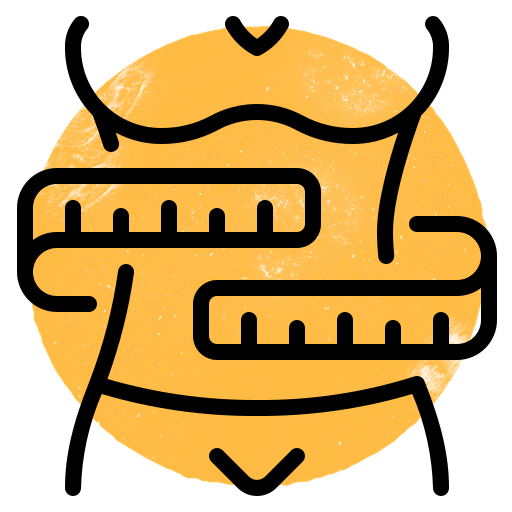Page Not Found
Oops! I think something's gone wrong...
The page you are looking for cannot be found. It may have been moved, deleted or never existed. But don't worry, we'll help you find the information you're looking for!
Here are some useful links that you may find helpful:
If you can't find the page you're looking for or have questions, please contact our support team. We are always ready to help!







